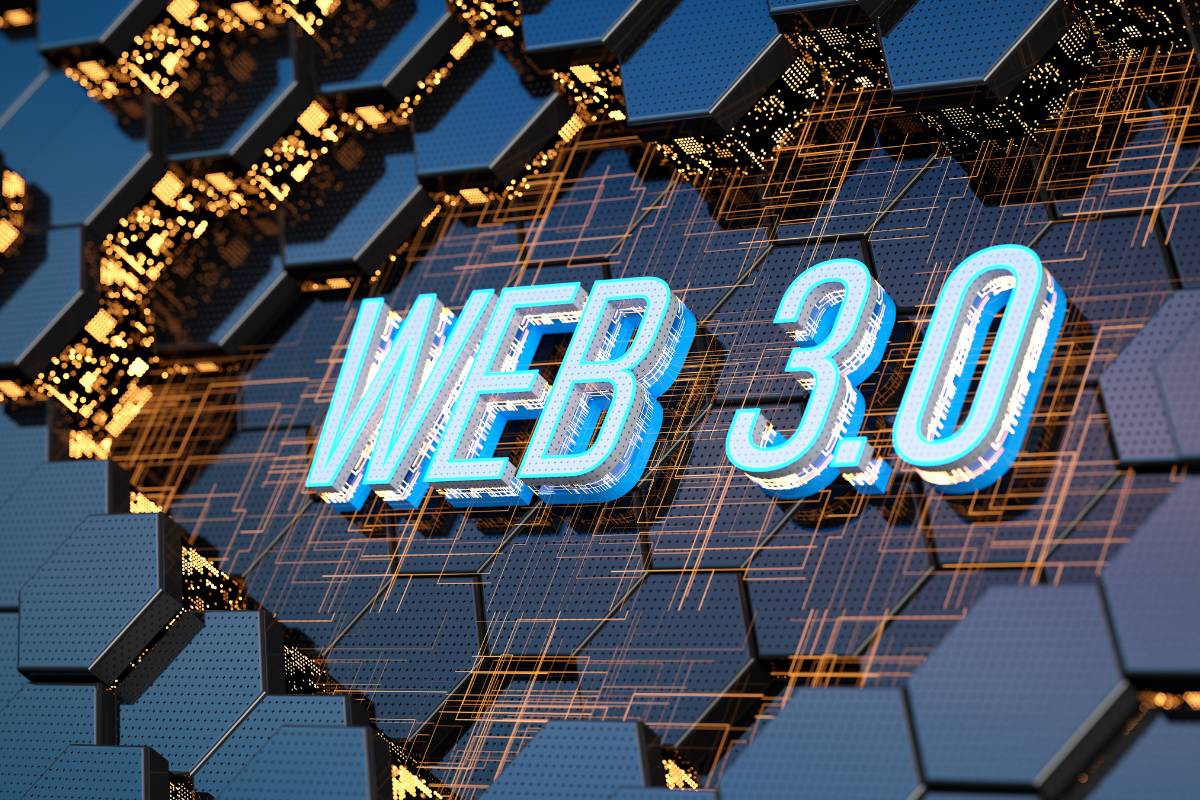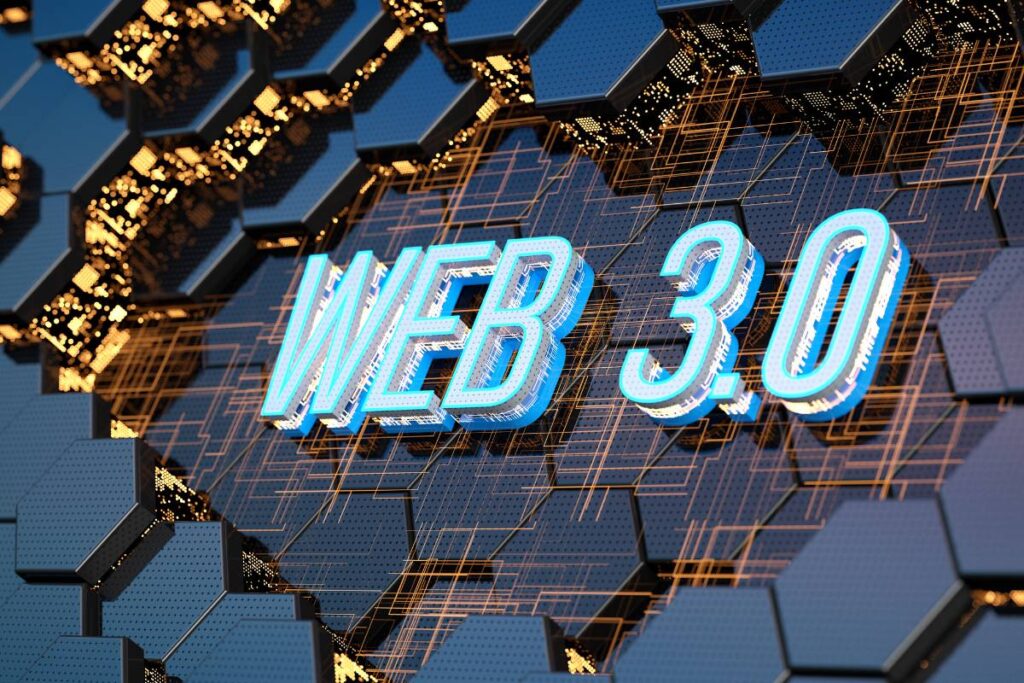
Introduction
The internet is undergoing a revolutionary transformation with the rise of Web3 and Decentralized Applications (DApps). As blockchain technology evolves, the future of the internet is shifting from centralized control to a decentralized, user-empowered ecosystem. This blog explores the potential of Web3, DApps, blockchain technology, smart contracts, and their future implications.
Understanding Web3
Web3 represents the third generation of the internet, built on blockchain and decentralization. Unlike Web2, which is dominated by centralized entities like Google, Facebook, and Amazon, Web3 empowers users by giving them control over their data and digital assets.
Key Features of Web3:
- Decentralization – Eliminates reliance on centralized authorities.
- Blockchain-Based – Uses distributed ledger technology for transparency.
- Smart Contracts – Automates agreements without intermediaries.
- Token Economy – Encourages participation through cryptocurrencies and NFTs.
- Interoperability – Allows seamless data exchange between platforms.
What Are Decentralized Applications (DApps)?
DApps are applications that run on blockchain networks instead of centralized servers. These applications leverage smart contracts to execute transactions autonomously. Popular blockchain networks for DApps include Ethereum, Solana, Binance Smart Chain (BSC), and Polkadot.
Types of DApps:
- Finance (DeFi) – Decentralized exchanges (DEXs), lending platforms, yield farming (e.g., Uniswap, Aave, Compound).
- Gaming (GameFi) – Play-to-earn (P2E) blockchain games (e.g., Axie Infinity, Decentraland).
- Social Media – Decentralized social platforms (e.g., Lens Protocol, Steemit).
- NFT Marketplaces – Platforms for trading digital assets (e.g., OpenSea, Rarible).
- Supply Chain Management – Transparent tracking of goods and services (e.g., VeChain, OriginTrail).
The Future of Web3 and DApps
The evolution of Web3 and DApps is shaping the future of the internet. Here are some significant trends and developments to expect:
1. Mass Adoption of Blockchain Technology
As blockchain becomes more user-friendly and scalable, businesses, governments, and individuals will integrate Web3 solutions into daily operations. Improved layer-2 solutions and zero-knowledge rollups (ZK-rollups) will enhance scalability and transaction speeds.
2. Mainstream Integration of DeFi
Traditional finance is increasingly integrating DeFi applications. Decentralized banking, lending, and trading will disrupt traditional financial models, providing users with borderless, permissionless, and low-fee financial services.
3. Enhanced User Privacy and Data Ownership
Web3 prioritizes data security and user ownership. With self-sovereign identity (SSI) and decentralized identity protocols, users can control their personal data and share it selectively, reducing data breaches and exploitation by corporations.
4. The Rise of the Metaverse and Web3 Gaming
Metaverse projects are integrating Web3 technology to create decentralized virtual economies. Blockchain-based gaming, NFT integration, and immersive VR/AR experiences will redefine digital interactions and ownership.
5. Regulatory Developments in Web3
Governments worldwide are working on crypto and Web3 regulations. A clear regulatory framework will help legitimize blockchain technology and encourage institutional adoption while addressing concerns like money laundering, fraud, and security risks.
6. Evolution of DAOs (Decentralized Autonomous Organizations)
DAOs are decentralized governance models where decisions are made through token-based voting. Future businesses, non-profits, and even political systems may adopt DAOs, leading to community-driven decision-making.
7. Cross-Chain Interoperability
The future of Web3 depends on seamless connectivity between different blockchain networks. Cross-chain solutions like Polkadot, Cosmos, and Chainlink are improving interoperability, enabling DApps to function across multiple blockchains.
Challenges and Risks of Web3 and DApps
Despite the promising future, Web3 and DApps face certain challenges:
- Scalability Issues – High gas fees and slow transactions on blockchains like Ethereum.
- Regulatory Uncertainty – Lack of global regulations can create instability.
- Security Concerns – Smart contract vulnerabilities and hacking risks.
- User Adoption and Education – Complexity in understanding and using blockchain applications.
Conclusion: The Future is Decentralized
Web3 and Decentralized Applications (DApps) are revolutionizing the internet by shifting power from centralized entities to users. While challenges exist, technological advancements and regulatory clarity will accelerate adoption. As blockchain technology, DeFi, NFTs, DAOs, and the metaverse continue to evolve, the future of Web3 promises a more transparent, secure, and user-controlled digital world.
Key Takeaways:
- Web3 empowers users by decentralizing data and digital assets.
- DApps are reshaping industries like finance, gaming, and social media.
- Interoperability, regulation, and scalability will define Web3’s success.
- The future of the internet is decentralized, transparent, and user-centric.
Are you ready to embrace the Web3 revolution? Share your thoughts in the comments!
FAQs
1. What is Web3? Web3 is the next evolution of the internet, focusing on decentralization, blockchain technology, and user sovereignty.
2. How do DApps work? DApps run on blockchain networks and use smart contracts to execute transactions autonomously.
3. What are the benefits of Web3? Web3 offers enhanced privacy, security, financial inclusion, and digital ownership.
4. Is Web3 the future of the internet? Yes, Web3 is expected to replace centralized models with decentralized, community-driven ecosystems.5. How can I start using Web3 and DApps? To get started, you need a crypto wallet (e.g., MetaMask), cryptocurrency, and access to Web3 platforms like DeFi exchanges or NFT marketplaces.

